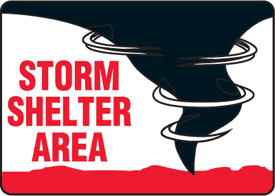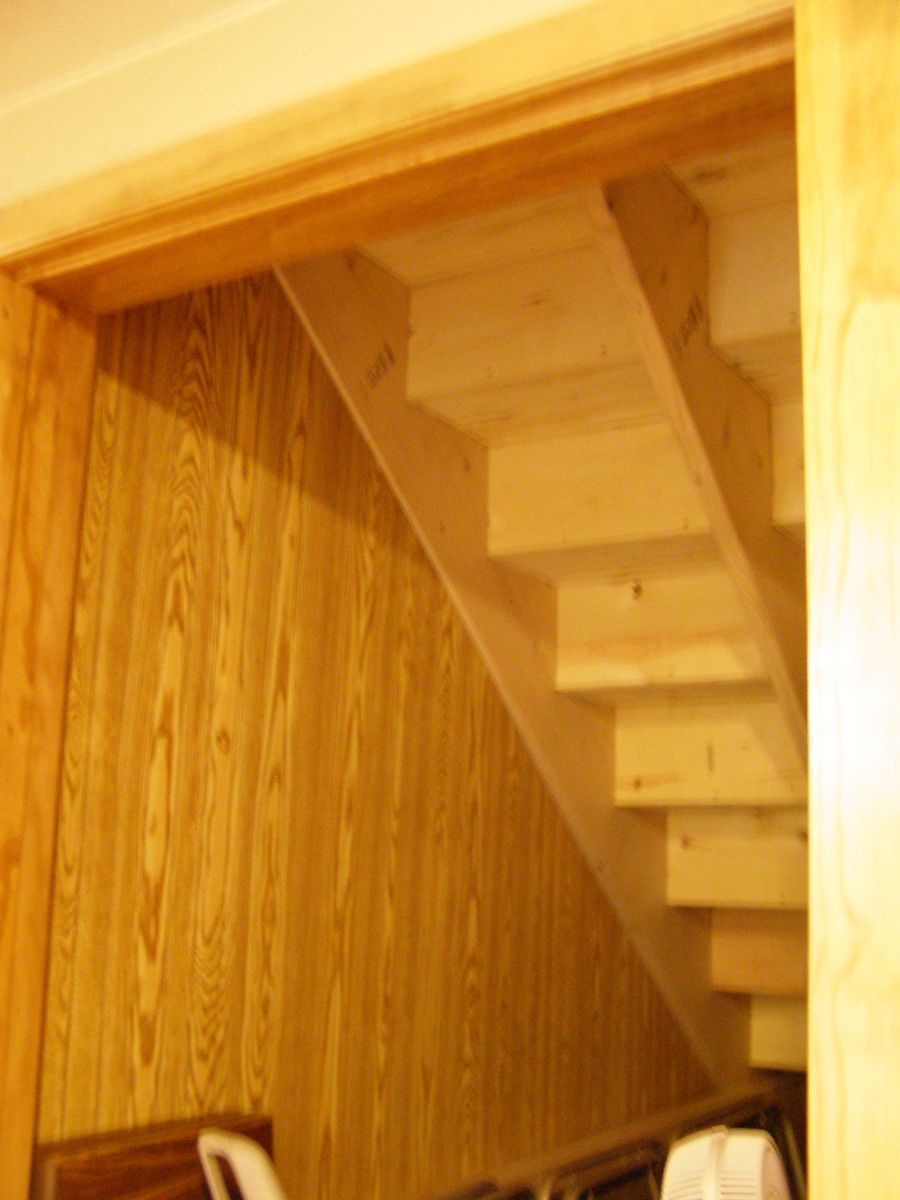
Scattered severe thunderstorms are forecast across central and eastern North Dakota, as well as far northwest Minnesota Saturday (Slight Risk level 2 of 5). Damaging wind gusts are the primary threat. Elevated to critical fire weather conditions will persist through the weekend across the Western U.S. Isolated dry thunderstorms could lead to new fire starts over portions of the northern Rockies. Read More >
Rapid City, SD
Weather Forecast Office
Storm Shelters
 Another essential step in preparing for severe storms is selecting storm shelters. Identify places to take shelter at home, work, or wherever you spend time during the summer. Although there is no guaranteed safe place during a tornado; a basement or interior room like a bathroom, closet, or hallway without windows on the lowest level is the best location. For added protection, get under something sturdy, like a workbench or heavy table or under a stairwell. Have blankets or pillows available to protect yourself from falling objects and flying debris. Avoid the corners and exterior walls of the house. Do not open the windows; it does not reduce damage to the structure.
Another essential step in preparing for severe storms is selecting storm shelters. Identify places to take shelter at home, work, or wherever you spend time during the summer. Although there is no guaranteed safe place during a tornado; a basement or interior room like a bathroom, closet, or hallway without windows on the lowest level is the best location. For added protection, get under something sturdy, like a workbench or heavy table or under a stairwell. Have blankets or pillows available to protect yourself from falling objects and flying debris. Avoid the corners and exterior walls of the house. Do not open the windows; it does not reduce damage to the structure.
In public facilities or large buildings, go to the designated shelter, usually an interior room on the lowest level. Use the stairs–not the elevator. Stay away from large windows and skylights. Do not remain in large rooms with high, unsupported roofs; such as gymnasiums, halls, warehouses, manufacturing facilities, and church sanctuaries.
Mobile homes are one of the most dangerous places to be during a thunderstorm and should be evacuated. Residents of mobile home parks that do not have designated storm shelters should use community shelters if available or make plans to stay with friends, neighbors, or family who live nearby. Go to your shelter before the storm reaches your location.
Keep emergency supplies in your shelter in case a storm causes long-lasting power outages. Items should include a flashlight and extra batteries, battery-powered radio, corded telephone, extra food and water, first-aid supplies, canned food and a can opener, water (three gallons per person), extra clothing, and bedding. Don’t forget special items for family members such as diapers, baby formula, prescription or essential medications, extra eyeglasses or hearing aids, and pet supplies.
US Dept of Commerce
National Oceanic and Atmospheric Administration
National Weather Service
Rapid City, SD
300 East Signal Drive
Rapid City, SD 57701-3800
605-341-9271
Comments? Questions? Please Contact Us.


